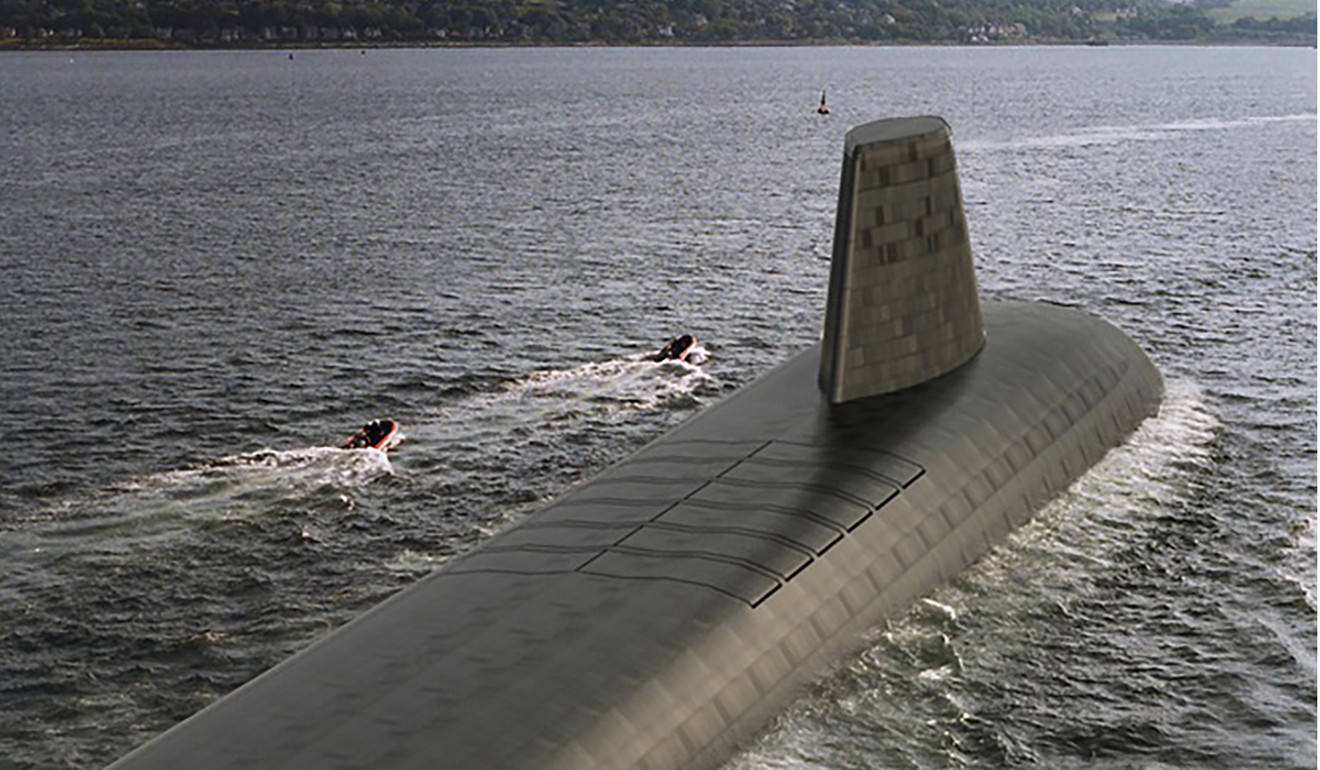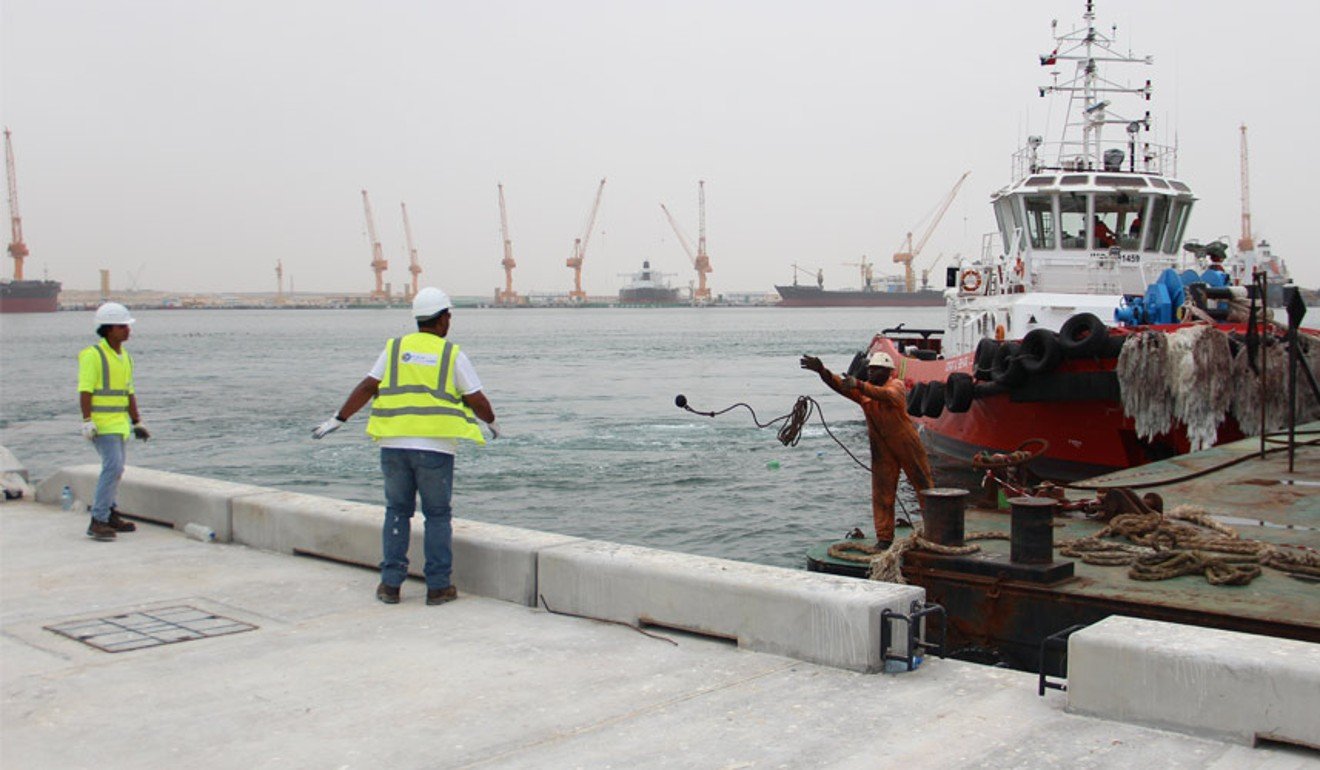
Britain’s naval ambitions to once again rule the waves are laughable at best and make no sense at all
- The sentimental aspirations to rebuild British grandeur as a leading global power can have potentially destabilising consequences in east Asia
- The efforts to build up Britain’s defence spending, and to “pivot” to Asia, may have less to do with defence than with currying favour for trade deals in a potentially lonely post-Brexit world
The frantic Brexit melodrama in the UK has perhaps inevitably distracted attention from a companion strategy being forged by those nostalgic “Little Englanders” at the heart of Britain’s quest for freedom from Europe – the “Global Britain” plan intended to reburnish Britannica’s standing as a world economic and military power.
While the Brexit mess simply fills me with sadness, the sentimental aspirations to rebuild British grandeur as a leading global power are at best a deep embarrassment, and at worst a potentially destabilising development here in east Asia.
These “Global Britain” efforts came into sharp focus in the past week for two reasons: the indication that Britain is looking to establish a naval base in East Asia – potentially Singapore or Brunei – after withdrawing from the Pacific almost half a century ago; and defence secretary Gavin Williamson’s efforts to boost Britain’s defence budget by 50 per cent to build four new Dreadnought nuclear submarines.

Putting on one side the question of whether British taxpayers would support such a spending increase (defence is already the government’s fourth biggest “line item” after pensions, health and education, where budgets are all under pressure) it is true that Britain remains a significant military power. According to the Stockholm International Peace Institute (SIPRI) it has the world’s fifth largest defence budget at around US$47 billion in 2017, and in gross domestic product terms is the third biggest contributor to Nato. This investment in defence also makes the UK the world’s second largest exporter of defence equipment, with exports of around US$11.5 billion in 2017.
Britain’s planned naval base in Southeast Asia seen as ‘muscle-flexing’ against China
But let’s keep things in perspective. The US defence budget is US$610 billion, and China’s is US$228 billion.
As the Financial Times noted midweek, “China is building the equivalent of almost the entire Royal Navy every year”.
Building four Dreadnought submarines (which will only come into service 20 years from now) might plausibly contribute to the security of the British Isles in the event of war, but can offer little in the event of conflict in the Pacific. And building a naval base in Southeast Asia to provide British naval vessels with a Pacific home verges on preposterous.
As the FT noted, “Military ambitions without the resources to back them risk making the UK look foolish rather than forceful.”

Since the closure of Britain’s Singapore garrison in 1971, and the withdrawal of the garrison from Hong Kong when sovereignty was returned to China in 1997, Britain has had no presence in Asia east of Duqm in Oman. Quite sensibly, as the UK has readjusted to a more modest role as an international power, it has focused its defence resources on Europe, the Middle East and Africa. Out of 81 military attaches currently in post worldwide, 27 are in Europe and 28 in Africa. Just 18 are in Asia.
The logic of reversing this trend and rebuilding a presence in the Pacific is open to question. While it is possible to identify meaningful British military contributions alongside other nations in the Middle East, or in Nato, or even Afghanistan, it must surely be important, before deploying people and equipment in the Pacific, to think about what contributions Britain would be able to make in the Pacific, and even if they could operate without extensive material support from the American military.
Close alignment with the US in its deepening conflict with China must inevitably put in jeopardy fast-growing economic links with Beijing
As a report from the Oxford Research Group asked in September last year: “Who would a reinforced presence in East Asia be envisaged to encounter?” In practical terms, we are talking about conflict in North Korea, conflict in Taiwan, or conflict with China over the control of the South China Sea.
The report argues that British military forces could make no practical contribution in the event of major (and nuclear) conflict over North Korea, nor over control of Taiwan. And they would at best be “attractive assets to US-led forces in the kind of lengthy confrontation with China that the US appears to be preparing for.”
In reality, the efforts to build up Britain’s defence spending, and to “pivot” to Asia, may have less to do with defence than with currying favour for trade deals in a potentially lonely post-Brexit world, and in particular responding to Donald Trump’s attacks on Nato’s role and funding.
As Trump has complained about his Nato allies piggybacking on US defence operations across the world, and called on them to boost their defence spending to share the military burden more equitably, so the British commitment to boost defence spending, build new submarines, and share some of the burden of policing the Pacific, is clearly intended to curry favour.

The initiative must clearly also be seen as a bargaining tool to secure post-Brexit trade deals, not just with the US, but with Japan, Korea, a number of Asean states, New Zealand and Australia – the so-called “Alliance of Maritime Democracies”.
Whether such a bargaining tool will work is still open to question, but as the Oxford Research Group points out, this strategic shift creates for the British government a “direct collision” between convergence with the US’s Pacific strategy, and Britain’s pre-Brexit strategy to court Chinese trade and investment.
In this, Britain has much to lose. China accounts for over half of British trade with east Asia, with exports last year of almost US$23 billion and imports of over US$55 billion. Close alignment with the US in its deepening conflict with China must inevitably put in jeopardy these fast-growing economic links with Beijing.
Britain’s naval expansion in the Indo-Pacific will anger China, and accomplish little else
It is moot whether potential increases in trade with the Alliance of Maritime Democracies, and perhaps a boost to defence sales in Asia, could compensate for such a setback in China trade.
From my Asian end of the telescope, those in the UK who aspire to rebuild the UK as a global and military power should be put back in their box, and quickly. As an SCMP editorial concluded last week: “Britain is free to boost trade and investment with whomever it likes. But its policies have to be in the interests of (its) citizens, be fiscally responsible, and make economic and strategic sense. Costly naval bases in Southeast Asia that raise tensions with allies and rivals alike are not in keeping with such an approach.” As one of those citizens, I strongly agree.
David Dodwell researches and writes about global, regional and Hong Kong challenges from a Hong Kong point of view

